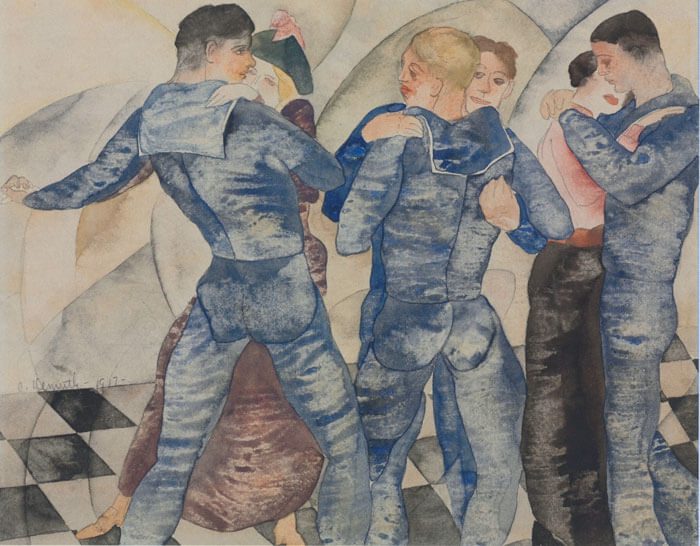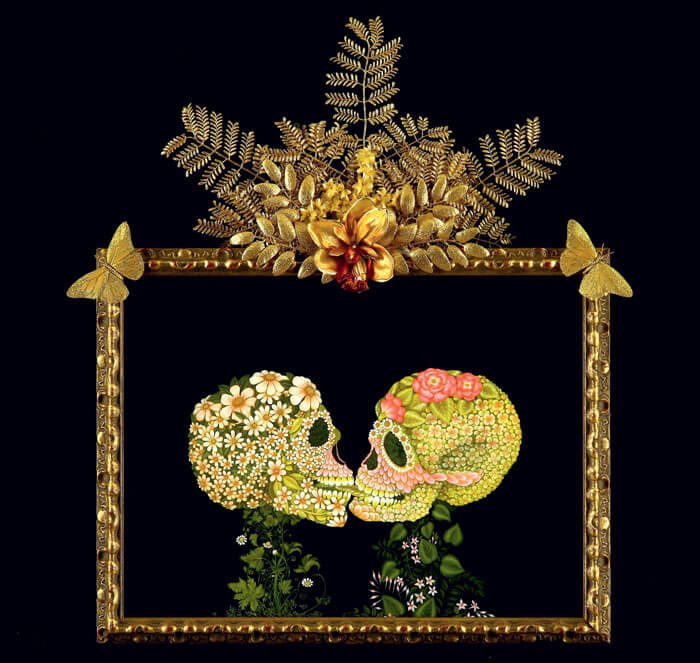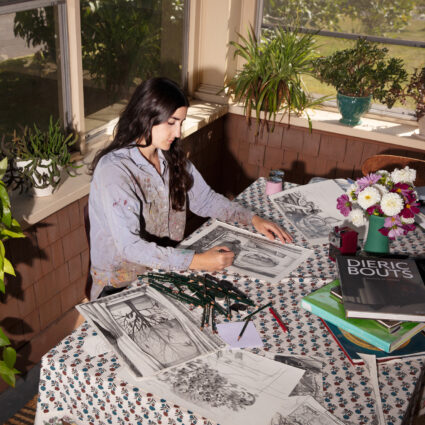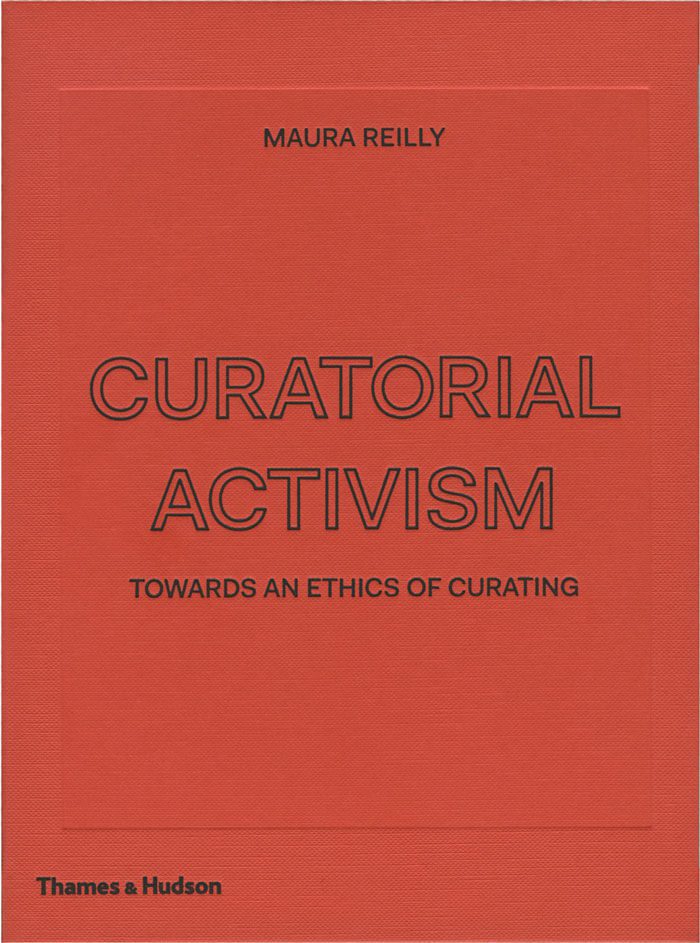
by Maura Reilly / published by Thames & Hudson, 2018
On April 1, 2014, the editors at ArtSlant reported that MoMA would “give the museum over exclusively to women artists for the entire year of 2015.” The headline was an April Fool’s joke and a tribute to the thirtieth anniversary of the Guerrilla Girls’ first protest at MoMA. But it reminds us that Ruth Bader Ginsburg, when asked what the ideal number of female justices on the Supreme Court would be, replied, “Nine.” Maura Reilly’s new book, Curatorial Activism, offers a similar challenge to the museums and institutions of the Western art world: show and collect women artists, artists of color, and LGBTQ artists.
What would it mean for MoMA to actually devote an entire year to women artists? Reilly argues that it might provoke a fundamental change in what art can mean. Drawing on a range of shows from the 1970s onward, Curatorial Activism traces a history of curatorial efforts to tackle white, cis male, and straight supremacy. She writes, “The master narratives of art—those that exclude large constituencies of people and present constructed boundaries and hierarchies as natural ones—continue to be discriminatory discourses that are rarely challenged.” And yet these discourses perpetuate one another, a process Sarah Ahmed has called “reproductive whiteness.” Referring repeatedly to “the art world,” however, Reilly’s book fails to live up to some of its own curatorial gauntlets: the shows she incorporates, inclusive though they may be, took place almost exclusively at galleries and museums in the U.S. and Western Europe.
Censorship is not always an active, intentional process. Often it is a result of ignorance or an unwillingness to name what is known (like queerness) or evident (race or gender).
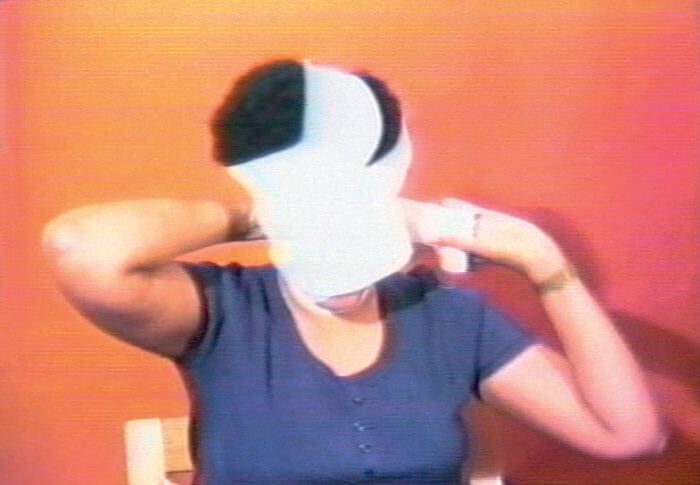
Censorship is not always an active, intentional process. Often it is a result of ignorance or an unwillingness to name what is known (like queerness) or evident (race or gender). Oversight—not seeing—is an act of mental curation. While it’s easy to criticize a museum, gallery, publication, or institution for its failure to include work by women artists, artists of color, and LGBTQ artists, Reilly’s last chapter makes it clear that it shouldn’t be that hard to go further than critique and actually to change these exclusionary practices. Her solutions are remarkably simple. First, she insists that all curators, collectors, galleries, and art critics do their research and look beyond white cis male artists. Second, that they reconfigure permanent collections and adjust collecting and critiquing practices at institutions large and small so that they do not perpetuate hegemonic narratives. This seems far more difficult, because it requires another step: that these institutions stop hiring white, cis male curators and instead hire people of color, LGBTQ people, and women as curators, staff, board members, and directors—which would require the current, predominantly white, male, straight folks in charge to cede power. A rousing call, if a difficult one to imagine actually taking place on a broad scale. As a manual for resistance within the power structures of the established Western art world, Curatorial Activism provides a wide range of models and possibilities for curators, gallerists, collectors, and critics to emulate.
